15 Everyday Moves That Can Relieve Your Dog’s Restlessness
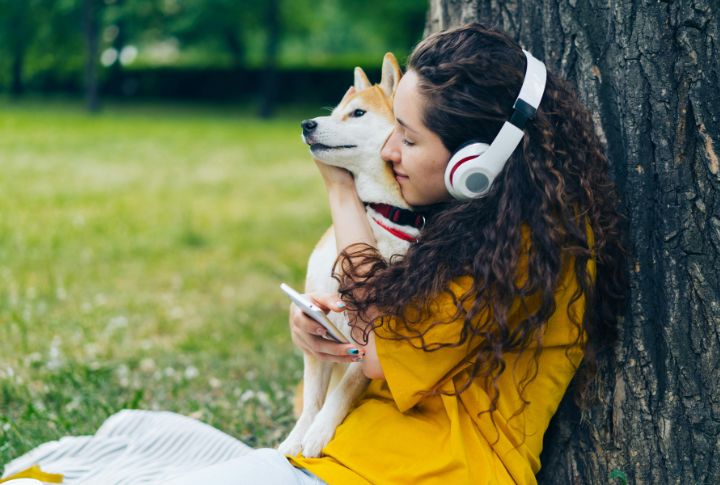
Dogs with too much energy or anxiety often end up misunderstood. What looks like disobedience may sometimes be a cry for guidance, not punishment. Understanding how to take care of that nature can change everything. Here are 15 daily habits that can help relax your restless dog, and more importantly, shape calmer behavior that lasts.
Establish A Consistent Daily Routine
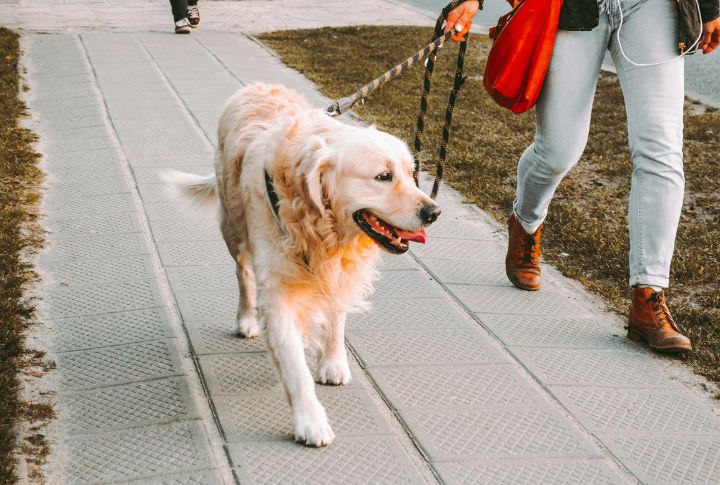
Predictability calms the canine mind. Feeding, walking, and other activities should follow the same sequence every day. A regular rhythm helps your dog anticipate what’s next, and that reduces anxiety. Puppies and rescue dogs will benefit the most from routine.
Incorporate Interactive Toys
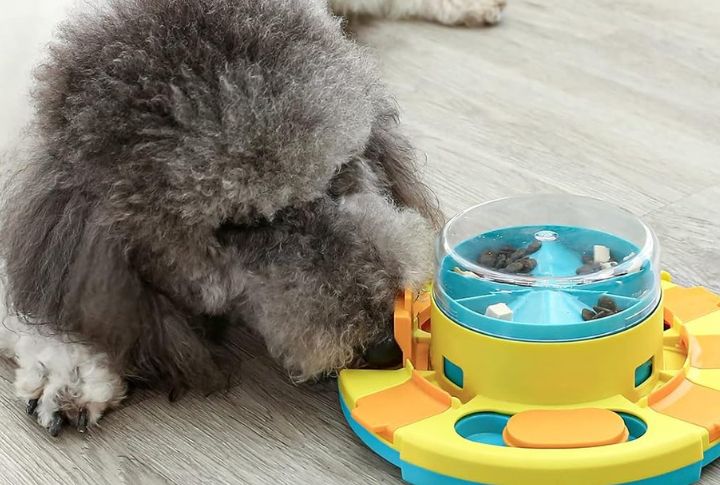
Toys are entertaining and help with mental stimulation. Choose puzzles that challenge problem-solving skills or treat-dispensing balls for meal-time focus. Use them during peak energy hours to redirect zoomies into quiet chewing. A bored dog causes chaos, but a mentally busy one naps well.
Practice Short Training Sessions
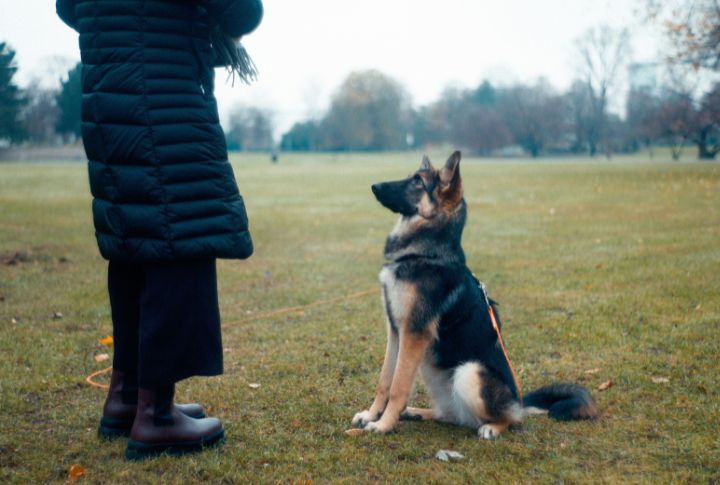
Short bursts of obedience training build impulse control while wearing out restless minds. Keep sessions under ten minutes and mix in fun cues like “touch” or “go find it.” As you train, reward your dog’s effort, not perfection. It’s a training session, not a boot camp.
Provide A Safe Space
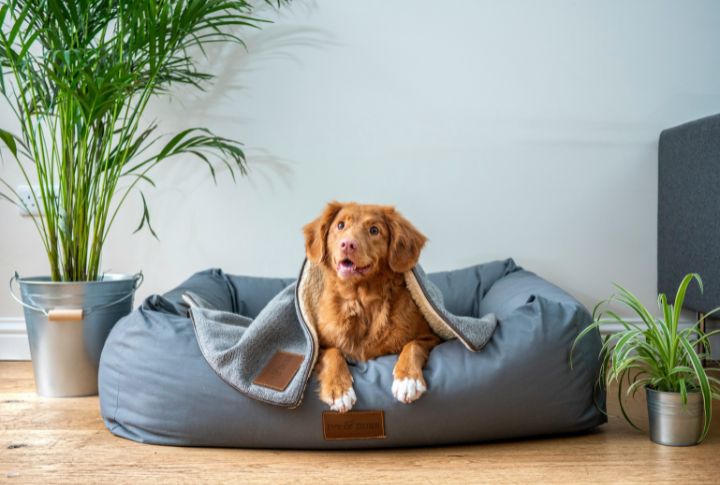
Cornered crates or quiet rooms offer shelter from overstimulation. Dogs crave safe dens when fireworks boom or guests overwhelm them. Make the area inviting with familiar scents and low lighting. Over time, that spot becomes your dog’s built-in reset button. Respect it like sacred ground.
Use Calming Music
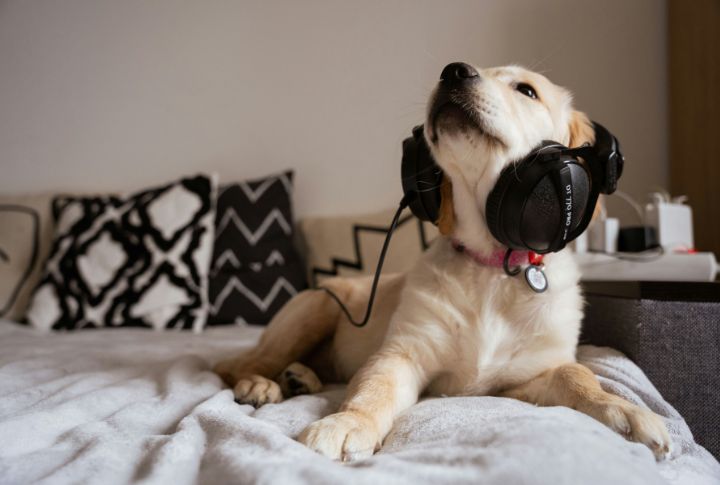
Lullabies aren’t just for babies. Classical or soft instrumental tunes may drop your dog’s heart rate and ease pacing. Play music before stressful events, like vet visits and thunderstorms. Several calm genres, even reggae, can help. Experiment with playlists and find out which one works.
Engage In Regular Exercise
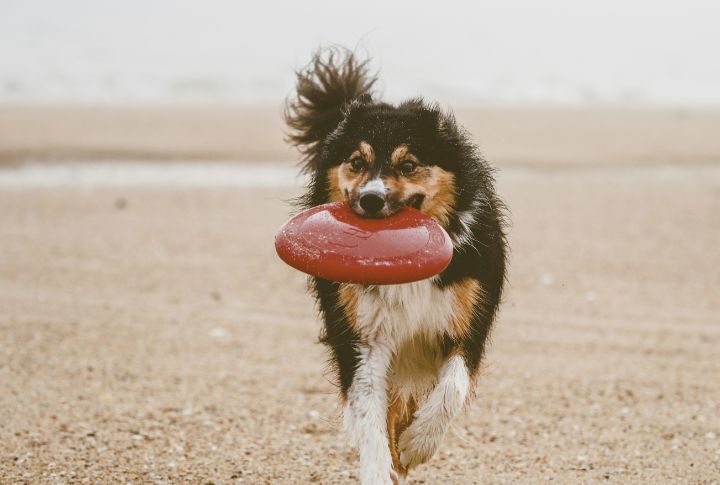
Movement burns steam. A brisk 30-minute walk or fetch at the park can turn wild energy into snoozy satisfaction. Restless dogs often lack physical outlets. Tailor the activity to age and breed. Even a ten-minute sniff walk can make a difference.
Introduce Scent Work Games
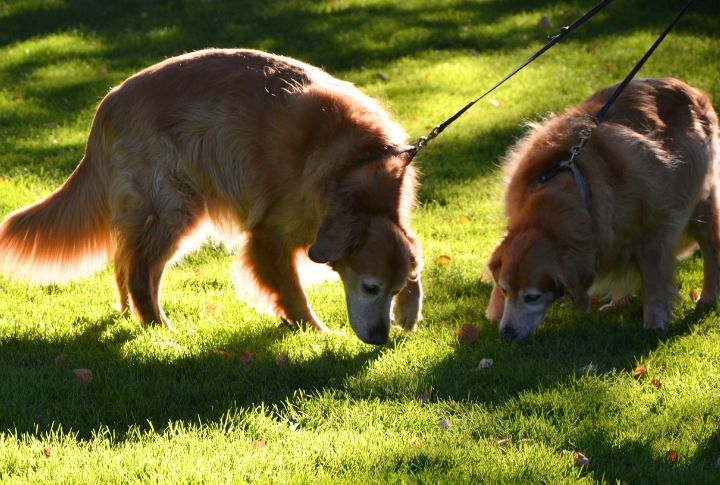
Noses solve mysteries faster than paws ever will. Hide treats in boxes or cardboard tubes and let your dog sniff and hunt like nature intended. Stimulation from scent games rivals physical workouts. Don’t underestimate the power of a peanut butter-smeared toilet roll.
Practice Desensitization Techniques

Expose your dog gently to triggers, such as doorbells and noisy kids, and use treats and praise. Start slow and build tolerance. This technique rewires anxious reactions over time. Don’t flood or rush it. Small wins lead to big moments of calmness. It’s rehab for the reactive soul.
Offer Chew Toys
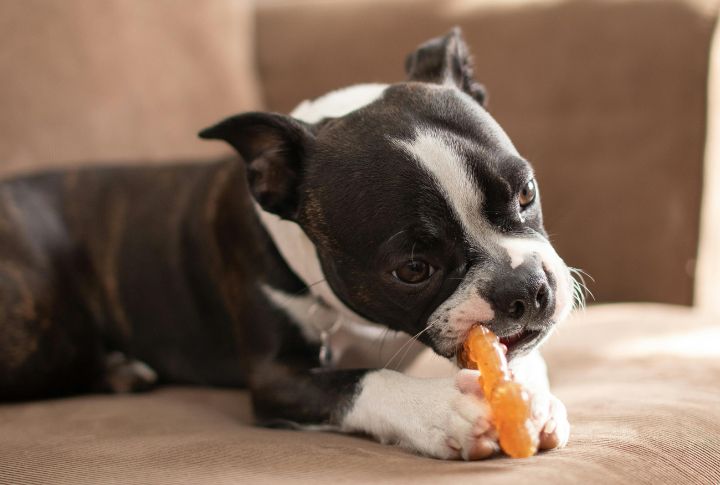
Chewing can soothe canine nerves like bubble wrap does for some humans. Frozen carrots or rubber bones help manage restless chewing urges. Offer them during crate time or when guests arrive. Just remember—supervise closely and rotate textures to keep the appeal fresh and strong.
Use Positive Reinforcement
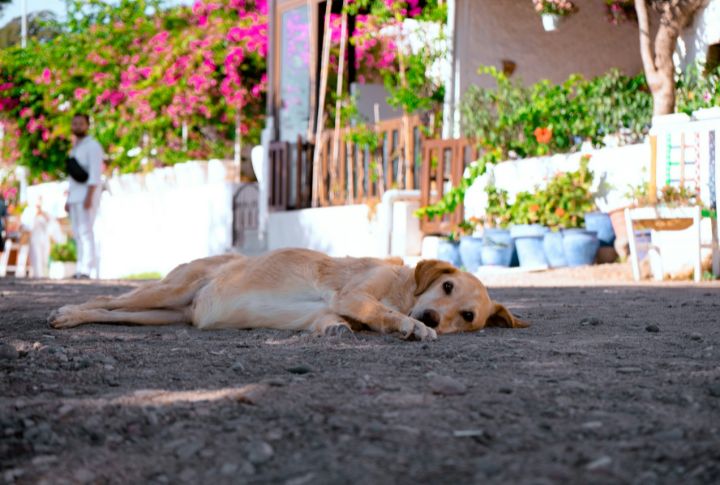
When you catch calm behavior in the act, mark it with a “yes” and follow with a reward. Relaxed postures or quiet lounging deserve recognition. This method teaches your dog that being chill pays off. Attention-seeking fades when stillness earns the spotlight.
Implement Short Timeouts

Interrupt overstimulation with brief timeouts. A quiet break (just 30 to 60 seconds) can reset frantic behavior. Use a calm tone, no scolding. Take your dog to a low-distraction spot when energy spikes. It’s a breather. Every athlete needs a timeout, and so does your pup.
Create A Post-Walk Cooldown Ritual

Stretching routines aren’t just for yogis. After exercise, offer water, a gentle brush, and soft praise. This signals the body to downshift into calmness. Dogs read patterns well. Repeat this after each walk, and you’ll turn chaos into quiet. Transitions shape behavior more than you think.
Teach The Settle Command
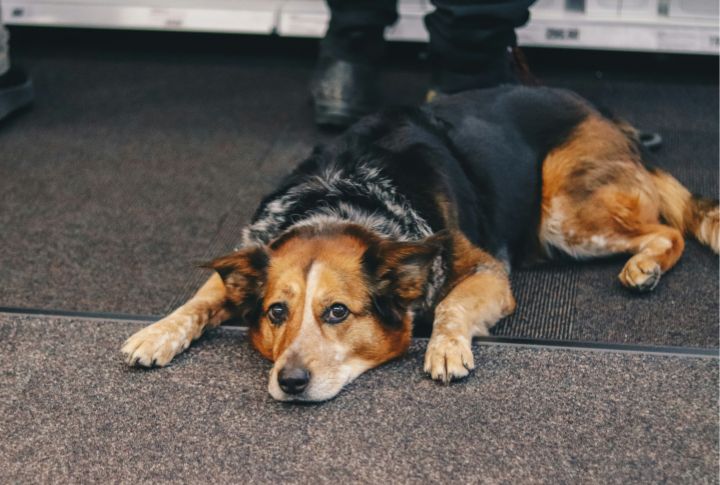
“Settle” trains stillness on cue. Begin by rewarding relaxed behavior on a mat. Gradually add the word when your dog lies down naturally. Use it in different settings, like waiting rooms or busy homes. This cue becomes your dog’s pause button.
Maintain A Calm Demeanor
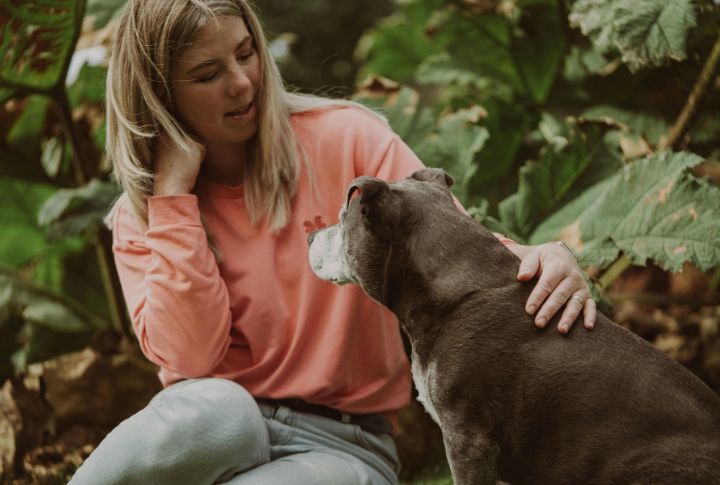
Your vibe feeds your dog’s mood. If your voice tightens or movements spike, your dog mirrors that energy. Stay relaxed, even when frustration builds. Speak slower and move more softly. Nervous dogs watch you like a toddler watches its mom.
Engage In Gentle Massage
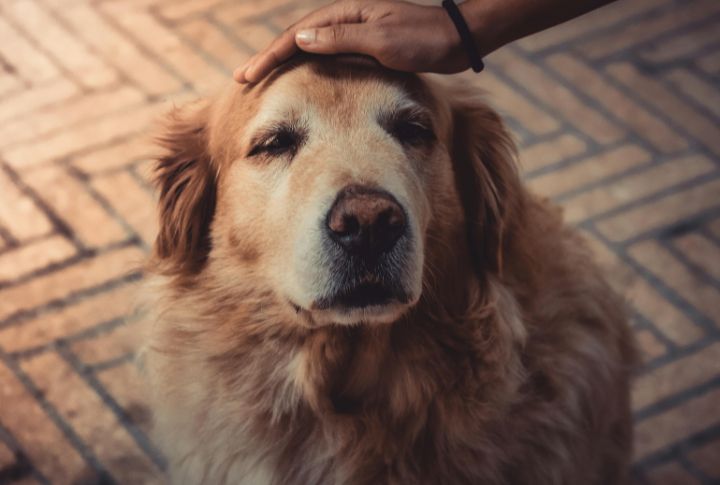
Circles behind the ears or strokes along the spine melt stress like warm butter. Use slow hands and consistent pressure. Dogs release tension when touch is familiar, not forceful. Many shelters use this technique to soothe high-strung rescues. Try it during storms or winding down at night.





